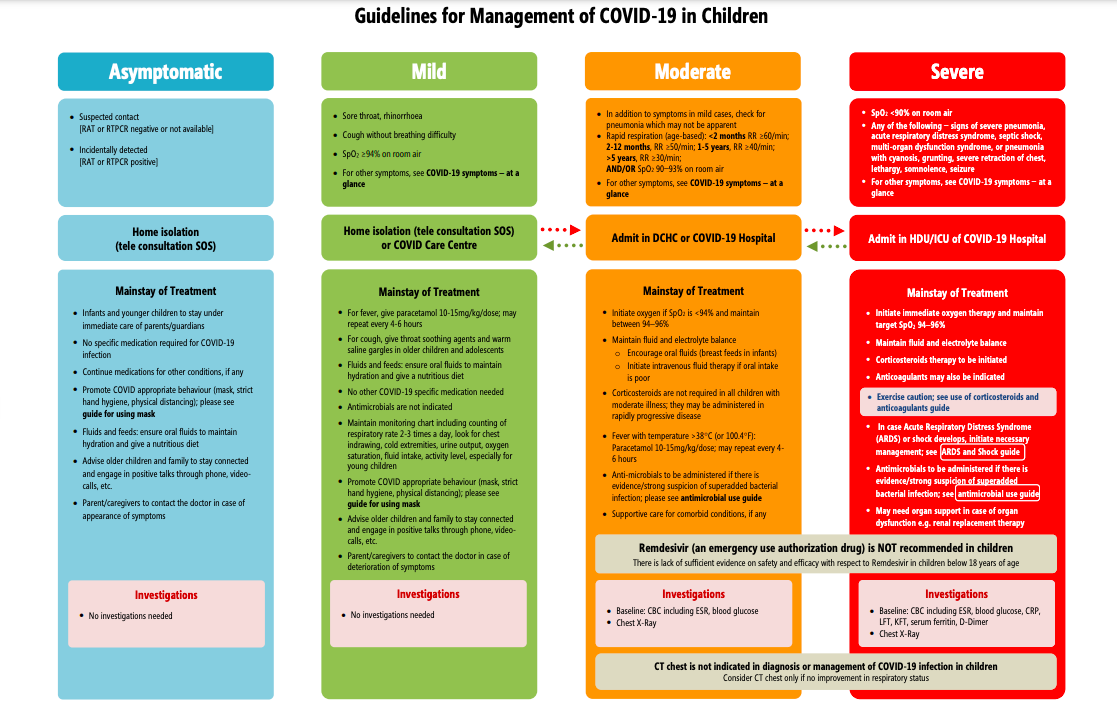February 18, 2025 — The American Academy of Pediatrics (AAP) has issued new clinical recommendations to help primary care providers identify biliary atresia in newborns between 2 and 4 weeks of age. These guidelines, published online in Pediatrics, outline a systematic approach to early detection during routine well-child visits.
Dr. Sanjiv Harpavat, M.D., Ph.D., from Baylor College of Medicine and Texas Children’s Hospital in Houston, along with colleagues, developed a three-step strategy as part of the Bright Futures/AAP Recommendations for Preventive Pediatric Health Care. The framework is designed to be implemented at the “by 1 month” well-child visit to facilitate early diagnosis.
Three-Step Identification Strategy
- Examination of Eye and Skin Color: Providers should check whether the infant’s eyes or skin appear jaundiced beyond two weeks of life. Even if jaundice is not observed, the next step should still be followed.
- Stool Color Assessment: Caregivers should be asked whether the infant’s stools are pale, gray, or white. Regardless of the answer, the next step should proceed.
- Review of Bilirubin Levels: If bilirubin levels were previously checked, the results should be examined to determine whether the initial direct or conjugated bilirubin level was above the laboratory’s normal range.
The authors highlight that biliary atresia causes elevated direct or conjugated bilirubin levels from birth. Given the critical nature of early detection, providers should continue monitoring skin and stool color even if initial bilirubin levels appear normal, as incorrect reference ranges could lead to misinterpretation.
Significance of Early Identification
Biliary atresia is a life-threatening condition that leads to progressive liver damage and is a leading cause of pediatric liver transplants. By identifying affected infants early, primary care providers can improve outcomes and potentially reduce the need for liver transplantation.
“By identifying infants earlier, primary care providers have a unique opportunity to improve outcomes and help reduce the tremendous liver transplant burden of biliary atresia,” the authors stated in the report.
For more information, the full clinical report is available in Pediatrics: Sanjiv Harpavat et al., “Guidance for the Primary Care Provider in Identifying Infants With Biliary Atresia by 2–4 Weeks of Life: Clinical Report,” Pediatrics (2025). DOI: 10.1542/peds.2024-070077.
Disclaimer:
This article is for informational purposes only and is not a substitute for professional medical advice. Healthcare providers should refer to the original clinical report and consult appropriate specialists when diagnosing or managing biliary atresia in newborns.










